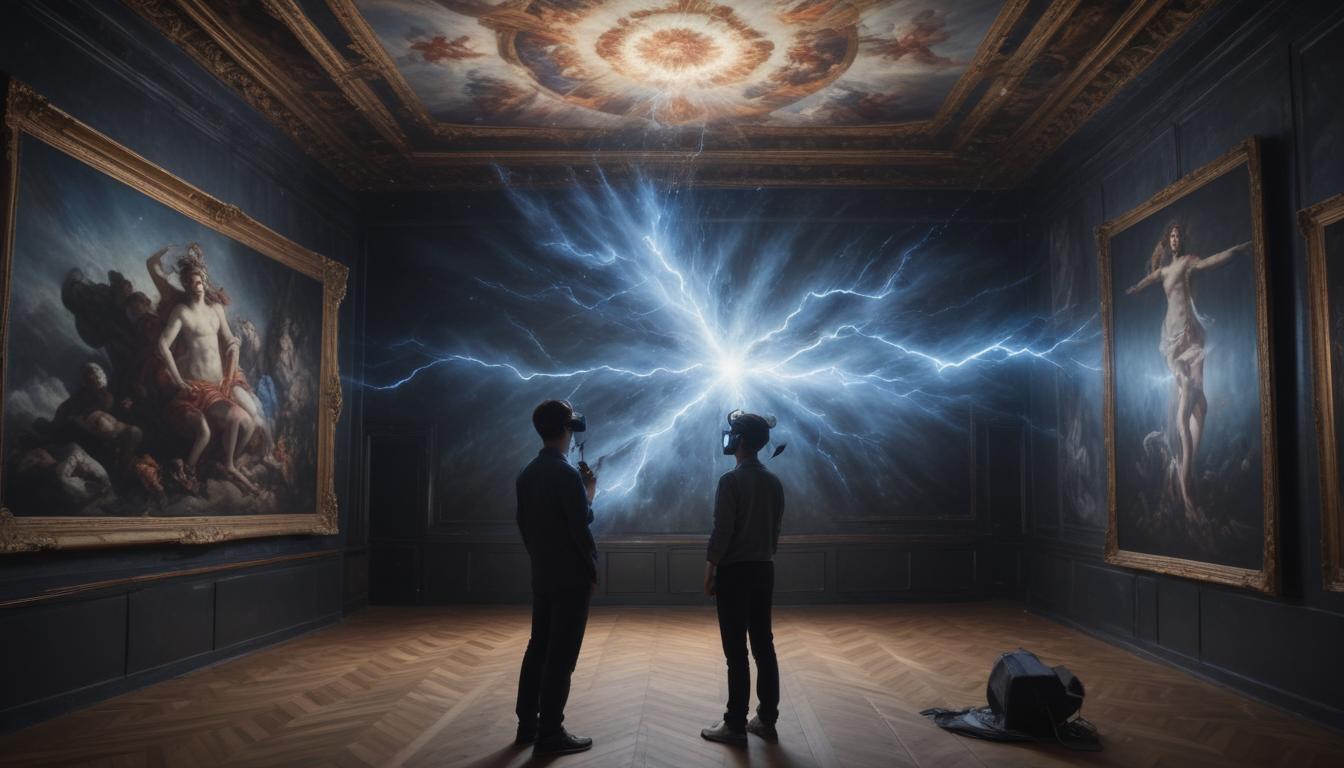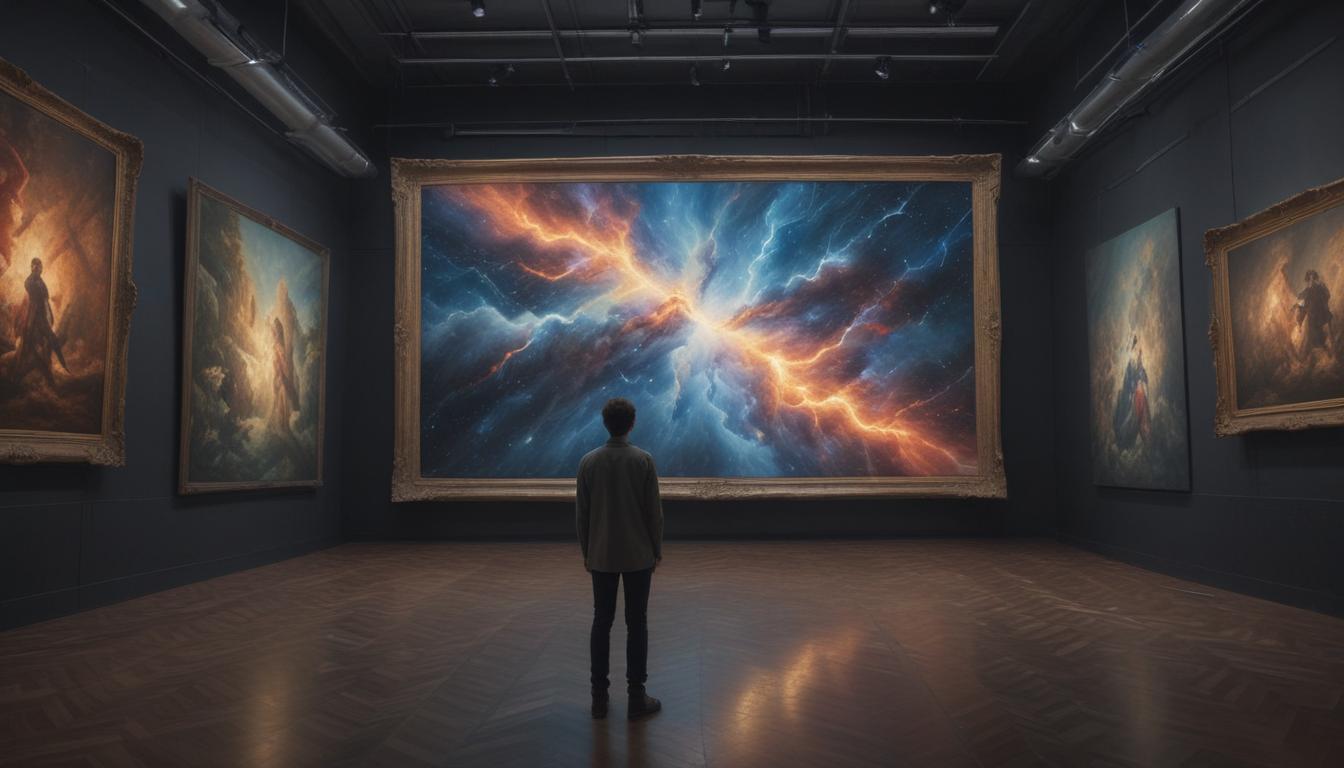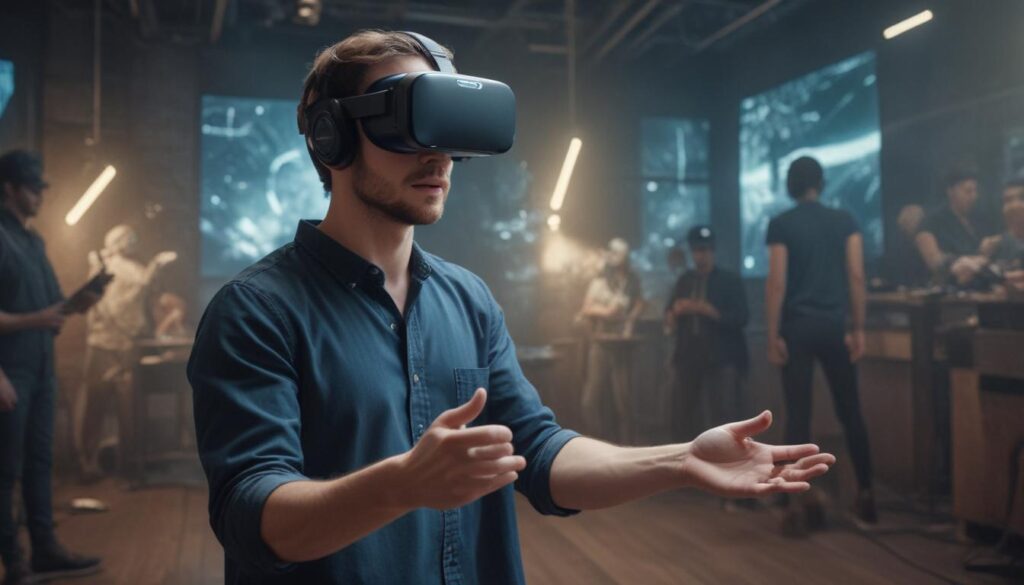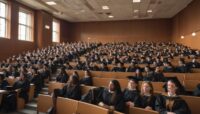Now Reading: How Tech is Redefining Art
- 01
How Tech is Redefining Art
How Tech is Redefining Art

Technology and Art New Forms of Creative Expression
Do you ever feel like the art world is changing at lightning speed? One moment you are admiring a classic oil painting, and the next, you are hearing about art created by an algorithm or a sculpture that only exists in virtual reality. It can be overwhelming, making you wonder if the soul of creativity is being lost to a sea of code and pixels. You might even feel that these new technological tools are a threat to the traditional skills that have defined artists for centuries.
But what if this perspective is holding you back? The truth is, technology is not replacing art; it is revolutionizing it. It’s handing artists a new set of tools more powerful and versatile than ever before. From the digital canvas to immersive worlds, technology is unlocking new pathways for human expression, not closing them off. This is a moment of expansion, not extinction. Let’s explore how these new forms are not just changing how art is made, but what art can be.
The Digital Canvas Redefined
For decades, the digital canvas has served as a direct counterpart to traditional media. Tools like Adobe Photoshop and, more recently, Procreate for the iPad, gave artists the power to paint and draw without the mess, cost, or permanence of physical materials. The ability to undo a mistake with a single tap, work in layers to build complexity, and experiment with a limitless palette of colors democratized art creation, making it more accessible to millions. This initial wave was about replicating the real world in a digital space.
However, the modern digital canvas is far more than just a substitute for paper or canvas. It is a unique medium with its own distinct properties and possibilities. Artists are no longer just mimicking the look of charcoal or watercolor; they are creating custom brushes that could never exist in reality, blending light and texture in physically impossible ways, and animating their static creations to bring them to life. This evolution has shifted the conversation from “Is digital art real art?” to “What new realities can we create with these digital tools?” The canvas is no longer a flat surface but a dynamic playground for imagination.
Interactive and Immersive Art Experiences
Technology has broken art free from the confines of the two-dimensional frame. Through Virtual Reality (VR) and Augmented Reality (AR), artists are now building entire worlds for audiences to step into. With a VR headset, you are no longer just looking at a landscape painting; you are standing within the landscape, able to walk around its trees and mountains. Tools like Tilt Brush by Google allow artists to sculpt with light and energy in three-dimensional space, creating ethereal installations that an audience can explore from every angle.
This shift transforms the viewer from a passive observer into an active participant. Augmented Reality takes this a step further by overlaying digital artwork onto our physical world. Imagine pointing your phone at a blank city wall and seeing a vibrant mural come to life, or attending a gallery where static sculptures have moving, interactive digital auras. This art responds to the viewer’s presence and movement, creating a personal and unrepeatable experience. It forges a deeper connection by making the audience a part of the artwork itself, fundamentally changing the relationship between the creator, the creation, and the observer.

Generative Art and The Rise of AI
Perhaps the most discussed and debated intersection of technology and art is the emergence of AI and generative art. This is not about robots replacing artists. Instead, it involves a fascinating collaboration between human creativity and machine intelligence. In generative art, the artist’s primary role is to design a system of rules or an algorithm. They carefully set the parameters, aesthetics, and constraints, and then let the computer execute the instructions to generate a unique visual outcome. The creativity lies in the design of the system itself.
This process turns the artist into a conductor as much as a creator. Artificial intelligence takes this partnership to the next level, acting as a powerful muse or collaborator. Artists can use AI to generate endless variations on a theme, helping them break through creative blocks and discover unexpected visual pathways. While debates on authorship and originality are valid and important, it’s clear that AI is becoming a powerful tool in the artist’s arsenal. It can handle complex, repetitive tasks, produce intricate patterns on a massive scale, and introduce an element of calculated randomness that can lead to breathtaking, serendipitous results. It is a partnership that challenges our very definition of what it means to create.



































